Rooting a Pine cutting?
ryan_tree
15 years ago
Featured Answer
Sort by:Oldest
Comments (7)
ken_adrian Adrian MI cold Z5
15 years agolast modified: 9 years agoRelated Professionals
Surprise Landscape Architects & Landscape Designers · Lowell Landscape Architects & Landscape Designers · Gainesville Landscape Contractors · Beachwood Landscape Contractors · Choctaw Landscape Contractors · Los Banos Landscape Contractors · Medford Landscape Contractors · Midland Landscape Contractors · Oak Harbor Landscape Contractors · Petaluma Landscape Contractors · Pleasanton Landscape Contractors · Richmond Landscape Contractors · Webster Groves Landscape Contractors · Weslaco Landscape Contractors · Clearfield Landscape Contractorspicea
15 years agolast modified: 9 years agopineresin
15 years agolast modified: 9 years agoplants77
15 years agolast modified: 9 years agogardener365
15 years agolast modified: 9 years agogreenman28 NorCal 7b/8a
15 years agolast modified: 9 years ago
Related Stories

GARDENING GUIDESThe Beauty of Bare-Root Plants
Plant dormant trees and shrubs in fall using the easy, affordable bare-root method and enjoy beautiful results in spring
Full Story
FEEL-GOOD HOMERejuvenate Your Home With Deep-Rooted Traditions
Give the subtle energies and spiritual side of your home some attention, and watch newfound calm and beauty blossom
Full Story
HOLIDAYSHow to Care for Your Christmas Tree
Keep your tree looking lush until the last ornament is packed away with these tips for watering, using stands and more
Full Story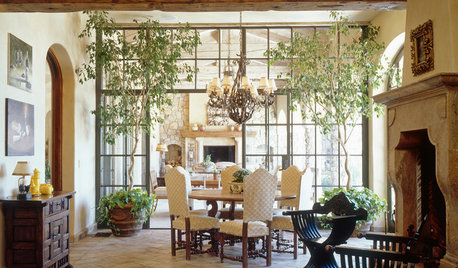
Rooting for Indoor Trees
Houseplants tend to get all the glory indoors, but trees deserve their place in the sun — and in your living room, your entryway, your ...
Full Story
ARCHITECTURERoots of Style: Art Deco and Art Moderne
Get to know the similarities and differences between these architectural styles of the 1920s and 1930s
Full Story
ARCHITECTURERoots of Style: Do You Live in a Minimalist Traditional House?
Cottages, bungalows, farmhouses ... whatever you call them, houses in this style share several characteristics. See how many your house has
Full Story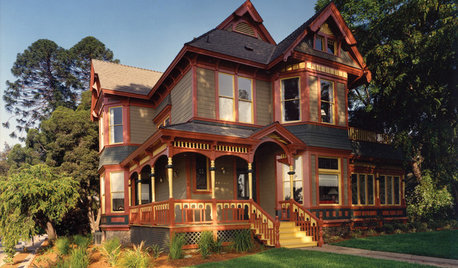
ARCHITECTURERoots of Style: Does Your House Have a Medieval Heritage?
Look to the Middle Ages to find where your home's steeply pitched roof, gables and more began
Full Story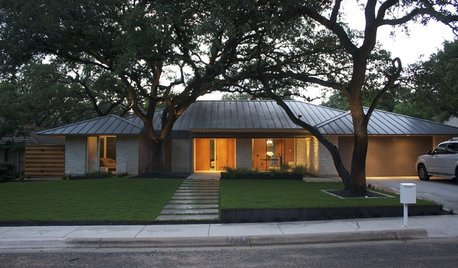
ARCHITECTURERoots of Style: Ranch Architecture Roams Across the U.S.
Great remodeling potential and generously spaced sites make ranch homes ever popular. Is one of the many variations right for you?
Full Story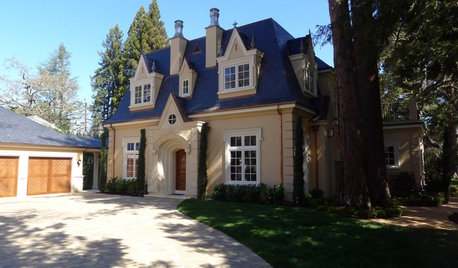
TRADITIONAL ARCHITECTURERoots of Style: Château Architecture Strides Through a Century
Live like a lord with design details that recall French estates of old, even if they're scaled down and updated for today
Full Story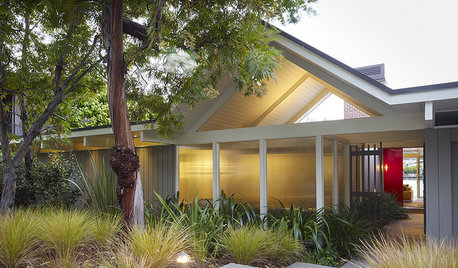
ARCHITECTURERoots of Style: Midcentury Styles Respond to Modern Life
See how postwar lifestyles spawned a range of styles, including minimalist traditional, ranch, split level and modern shed. What's next?
Full Story








coniferjoy